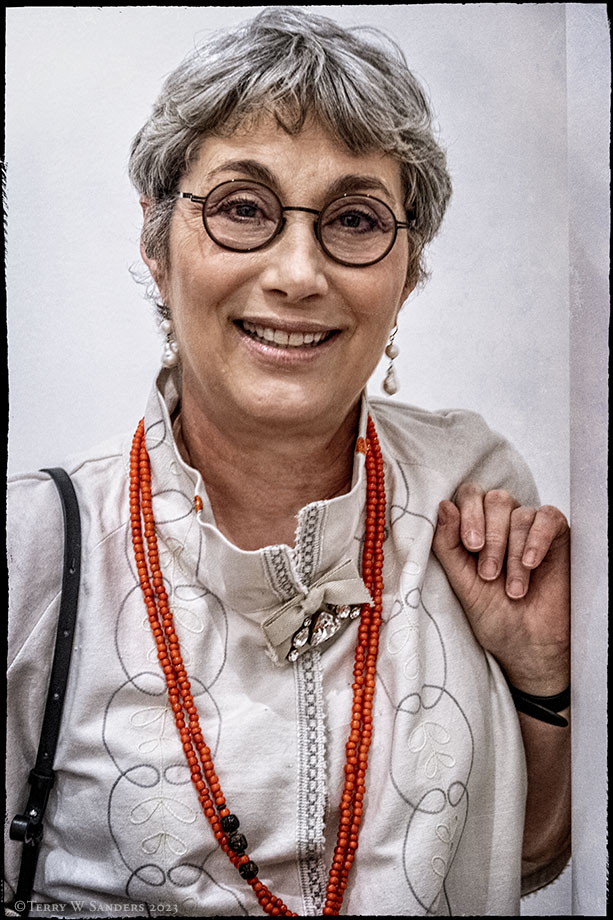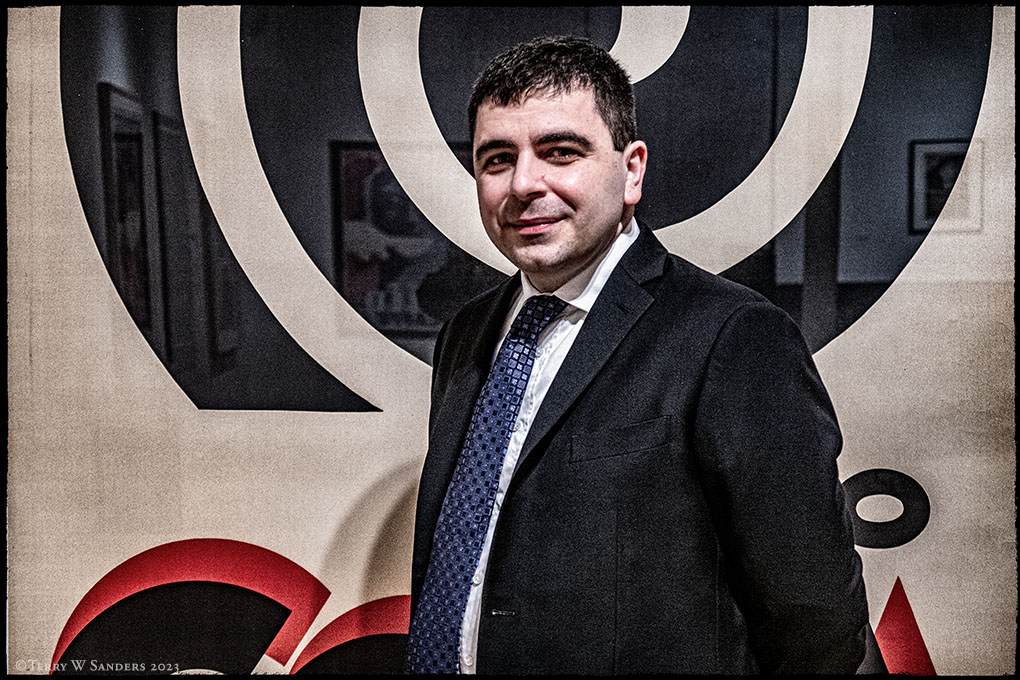After more than a decade of promoting modern and contemporary Italian art in the heart of New York, the Center for Italian Modern Art, based in Soho, will close its doors on June 22 when the last current exhibition, titled Nanni Balestrini: Art As Political Action – One Thousand And One Voices, ends. Their season closing event, their traditional Jazz concert, will be on June 15 at 6PM.

CIMA, which does not have a permanent collection and depends mostly on loans, is forced to end its activity because after the pandemic, the cost of importing art to the U.S. has become prohibitive. “We were born in a very flexible way that allowed us to do very different exhibitions, and clearly this flexibility has costs. But it is not a funeral. Instead, we can say Mission Accomplished,” CIMA Executive Director Nicola Lucchi said by phone. La Voce di New York called them as soon as the news was shared this morning via email to all supporters by Founder and President Laura Mattioli stating they are, “holding conversations with various cultural institutions to find the place that will best preserve CIMA’s archival documentation, including the video archive of public events, and the online academic journal. It is our goal that these resources will continue to remain accessible to scholars and to the general public, free of charge.”
Since its foundation, in 2013, CIMA and its exhibitions have served as the platform to promote modern and contemporary Italian art. “We launched the first exhibition in 2014 with the intention of opening a dialogue and exchange with an international audience. We made it, with guests and works of the highest quality, as long as it was possible,” Mr. Lucchi said.
Thirteen exhibitions and countless events made CIMA a point of reference, building a community of artists and passionate people. “One of our greatest accomplishments is supporting 42 Residential Fellows and 10 Travel Fellows, including doctoral students and postdocs, who had research projects on the exhibitions we hosted. This is a whole generation of art historians and Italian scholars who have done part of their academic work here at CIMA. Today they are professors, professionals in museums and institutions in both the U.S. and Europe. We cannot underestimate this kind of legacy,” Mr. Lucchi commented.













